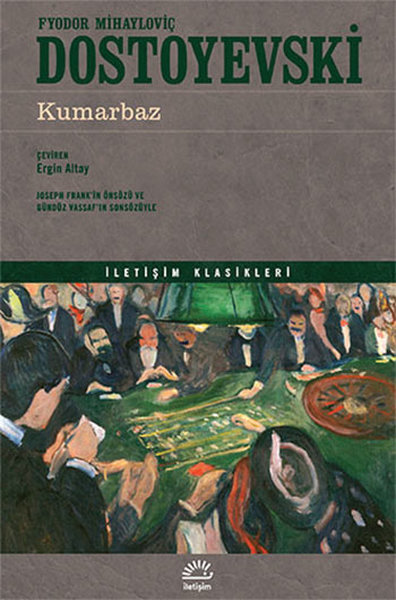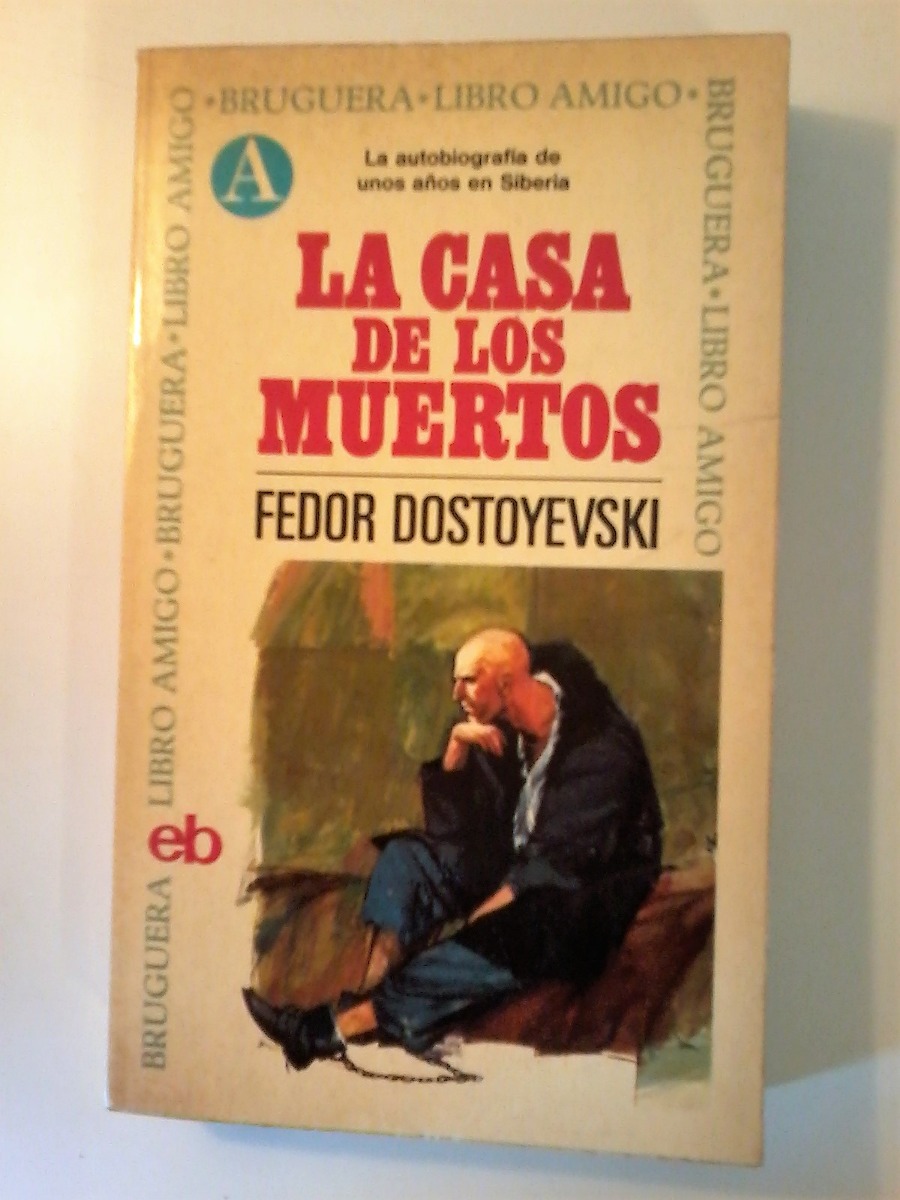
Mirsky's "A History of Russian Literature" (1926-27), a publication now in the public domain. The story was adapted into an English play of the same name, which was later adapted into a 2013 film of the same name, starring Jesse Eisenberg. Still, as far as form was concerned, I failed utterly." Vladimir Nabokov, who generally regarded Dostoyevsky as a "rather mediocre" writer called The Double "the best thing he ever wrote," saying that it is "a perfect work of art." Adaptation Dostoevsky wrote in A Writer's Diary that "Most decidedly, I did not succeed with that novel however, its idea was rather lucid, and I have never expressed in my writings anything more serious. While the majority of scholars have regarded it as somewhere from "too fragile to bear its significance" to utterly unreadable, there have been two notable exceptions. The final context of understanding for The Double that transcends all three categories is the ongoing debate about its literary quality. This individualistic focus is often contextualized by scholars, such as Joseph Frank, who emphasize that Golyadkin's identity is crushed by the bureaucracy and stifling society he lives in. One critic wrote that The Double's main idea is that "'the human will in its search for total freedom of expression becomes a self-destructive impulse.’" Second, many have focused on Golyadkin's search for identity. This view is supported by much of the text, particularly Golyadkin's innumerable hallucinations. First, many have said that Golyadkin simply goes insane, probably with schizophrenia. Īs to the interpretation of the work itself, there are three major trends in scholarship. One such element was that Dostoevsky switched the focus from Gogol's social perspective in which the main characters are viewed and interpreted socially to a psychological context that gives the characters more emotional depth and internal motivation. These two readings, together, position The Double at a critical juncture in Dostoevsky's writing at which he was still synthesizing what preceded him but also adding in elements of his own. Looking forwards, it is often read as a psychosocial version of his later ethical-psychological works. Looking backwards, it is viewed as Dostoevsky's innovation on Gogol. Critical receptionĭouble has been interpreted in a number of ways. This immediate relationship is the obvious manifestation of Dostoevsky's entry into the deeper tradition of German Romanticism, particularly the writings of E. Bem called The Double "a unique literary rebuttal" to The Nose (Gogol). One contemporary critic, Konstantin Aksakov, remarked that "Dostoevsky alters and wholly repeats Gogol’s phrases." Most scholars, however, recognize The Double as Dostoevsky’s response to or innovation on Gogol’s work. Many others have emphasized the relationship between The Double and other of Gogol's Petersburg Tales. Vladimir Nabokov called it a parody of " The Overcoat". The Double is the most Gogolesque of Dostoyevsky's works its subtitle "A Petersburg Poem" echoes that of Gogol's Dead Souls.

begins to see many replicas of himself, has a psychotic break, and is dragged off to an asylum by Doctor Rutenspitz. lacks, he is very well-liked among the office colleagues. has all the charm, unctuousness and social skills that Golyadkin Sr. proceeds to attempt to take over Sr.'s life, and they become bitter enemies. (his double) are friends, but Golyadkin Jr. (the original main character) and Golyadkin Jr. The following two thirds of the novel then deals with their evolving relationship.Īt first, Golyadkin Sr. On his way home through a snowstorm, he encounters his double, who looks exactly like him.
Doestoevsky the double pdf series#
He was uninvited, and a series of faux pas lead to his expulsion from the party. He proceeds to a birthday party for Klara Olsufyevna, the daughter of his office manager. Golyadkin resolves to try this, and leaves the office.

He prescribes "cheerful company" as the remedy. Golyadkin has a formative discussion with his Doctor Rutenspitz, who fears for his sanity and tells him that his behavior is dangerously antisocial. As rank eight led to hereditary nobility, being a titular councillor is symbolic of a low-level bureaucrat still struggling to succeed. This is rank 9 in the Table of Ranks established by Peter the Great. The motif of the novella is a doppelgänger ( dvoynik).

It deals with the internal psychological struggle of its main character, Yakov Petrovich Golyadkin, who repeatedly encounters someone who is his exact double in appearance but confident, aggressive, and extroverted, characteristics that are the polar opposites to those of the toadying "pushover" protagonist. The Double centers on a government clerk who goes mad.


 0 kommentar(er)
0 kommentar(er)
